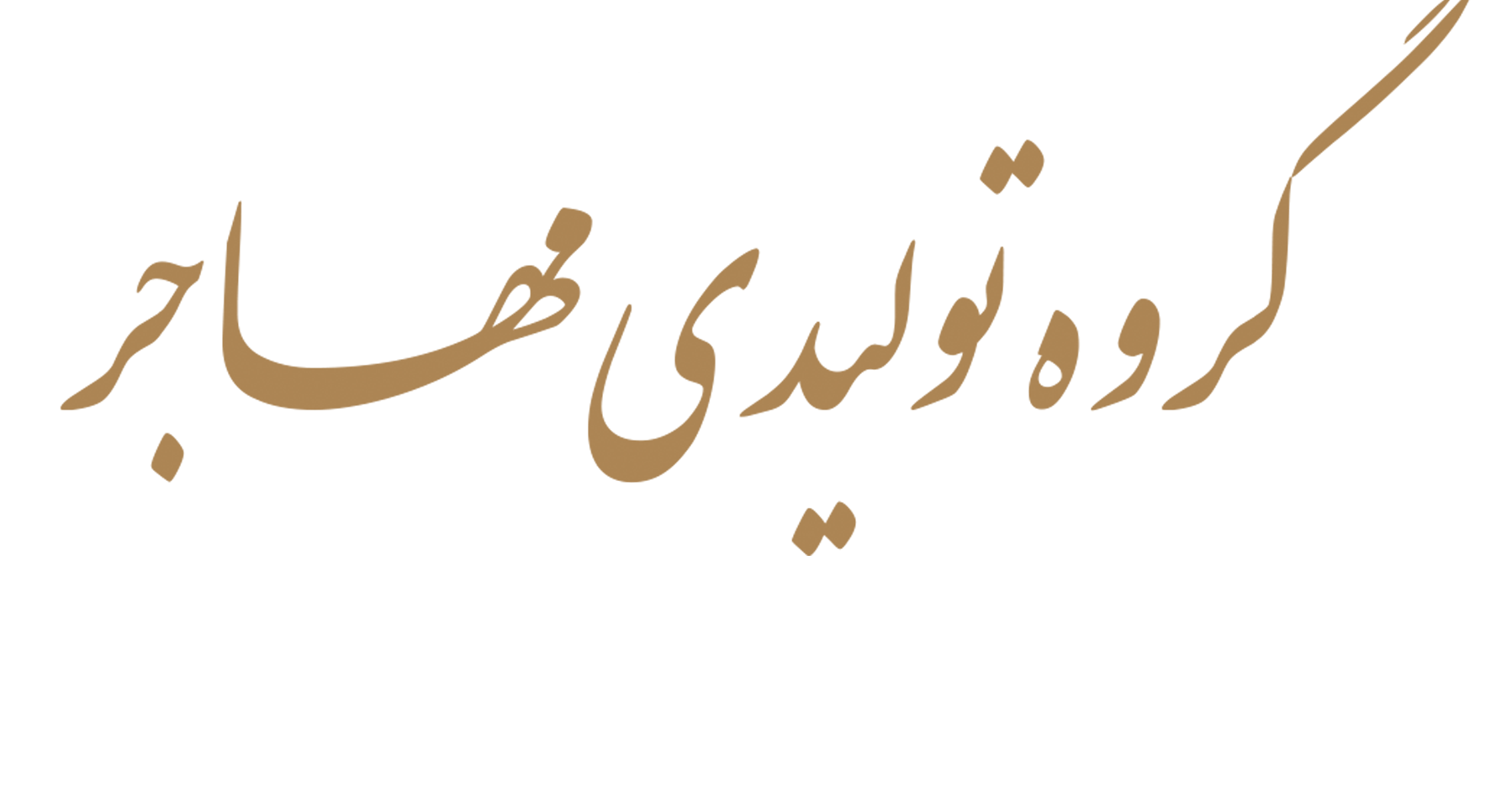
06
Nov
The history of women’s clothing in Iran from ancient times to the present day
The history of women’s clothing in Iran from ancient times to the present shows a deep connection with the hijab, which means full coverage, beauty, and the beauty of friendship. Unfortunately, in today’s age, Atla Arsani bases in the service of colonialism, by creating doubts about the non-Iranian nature of hijab covering for Iranian women, especially its complementary type, i.e. chador, are trying to provide the ground for the discovery of optional hijab for Iranian women by importing it and calling it compulsory. to bring This research is an attempt to prove that the hijab covering is Iranian, and above all, the chador element, and that throughout history, Iranian women have considered wearing it as an honorable option for themselves.

The manifestations of veiling among Iranian women are so impressive that by using the historical works and archaeological documents available inside the country as well as outside the current borders that were once part of the Iranian government territory such as the Argili region in Turkey (one of the Achaemenian satraps). And..., it can be said with certainty that Iran has been the main source of promoting hijab in the world. The research findings show that the women of Iran have been the Aryan inhabitants of Iran since the time of the ancient Medes. This hijab was also common during different dynasties.
Throughout the entire historical period (Med, Achaemenid, Parthian and Sassanid), Iranian women have enjoyed full hijab, and it seems that after Islam, the veil became a cultural element as a souvenir to be exported to all nations under the control of the Arabs and in The proof of this statement is that the Arabs were strangers to women's clothing with a term such as a tent, and the authors of the article used the method of library research and direct use of archeological works and documents.
such as historical petroglyphs, designs on coins, stamp and cylinder seals left over from the Achaemenid period in the Museum of Ancient Iran, women's designs on high simian and golden cups left over from the historical era, and also the examination of women's designs obtained from carpets Pazyrik and Highwall paintings (Mount Khwaja in Sistan, related to the Parthian period) and stone sculptures left from ancient cities such as Hetra (belonging to the Ashkan period) and... At the top of this covering, the top hijab, or the tent, is a perfume box in which the fragrance of the pure and noble Iranian lady of the land is preserved.



0 comments